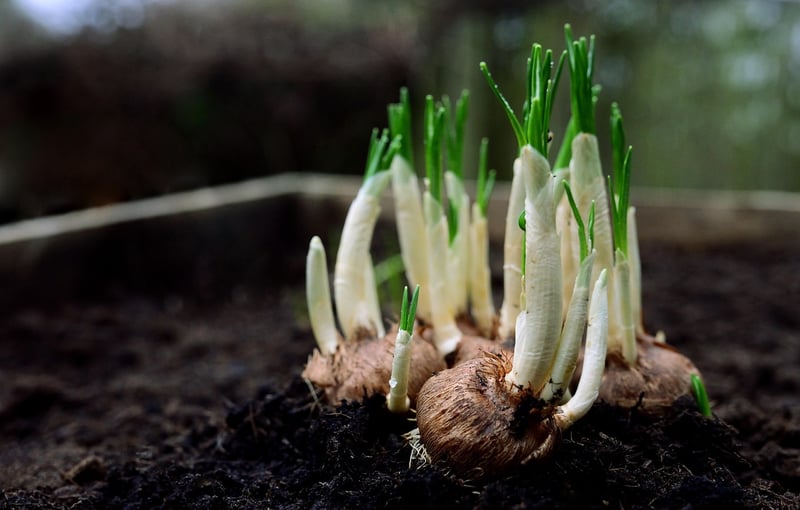Germination Techniques
Preserve Plant Diversity: Germination Techniques
Plant diversity is crucial for maintaining the balance of ecosystems and ensuring food security. By preserving plant diversity, we can protect the environment and support sustainable agriculture. One way to contribute to this effort is by understanding and utilizing germination techniques effectively.
Why is Plant Diversity Important?
Plant diversity is essential for various reasons:
- It provides habitat and food for wildlife.
- It contributes to the overall health of ecosystems.
- It offers genetic resources for breeding new crop varieties.
- It enhances resilience to environmental changes.
Germination Techniques
Germination is the process by which a plant grows from a seed. Here are some effective germination techniques:
1. Seed Scarification
Some seeds have hard outer coatings that prevent water and air from entering, hindering germination. Scarification involves breaking or softening this coating to promote germination.

2. Stratification
Stratification mimics the natural conditions seeds need to germinate. This technique involves exposing seeds to cold, moist conditions to break dormancy.

3. Soaking
Soaking seeds in water before planting can help soften the seed coat and kickstart germination.

4. Light and Temperature Control
Some seeds require light to germinate, while others need specific temperature ranges. Understanding these requirements is key to successful germination.
Conclusion
Preserving plant diversity is vital for a sustainable future. By employing proper germination techniques, we can help conserve plant species and promote biodiversity.
Start exploring these techniques to contribute to the preservation of plant diversity!
